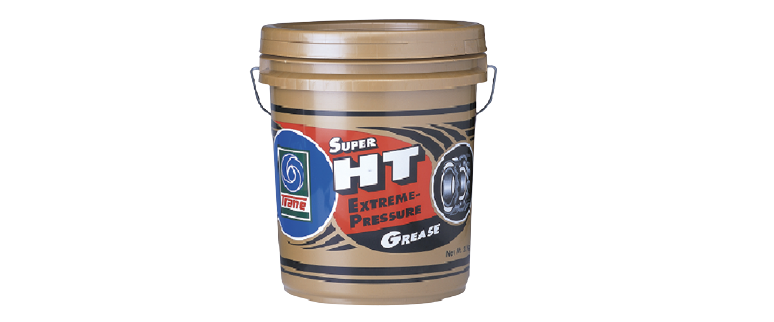Grease is a semi-solid and semi-liquid lubricant, made by mixing base oils, chemical additives, and soaps. Grease is used in places where lubricating oil cannot be used, such as certain types of bearings, ball joints, tie rods, leaf springs, etc. Grease has the ability to stick better than lubricating oil, making it more effective in preventing contamination and leakage.
However, it is important to use grease with caution, as it has less heat dissipation than oil and overuse can lead to dirt accumulation. On the other hand, the advantage of using grease is that it can act as a seal and has a longer service life.
The thickness of grease is due to the soap added, which helps it to cling to the base lubricant and not run out during use. Different types of grease have different properties depending on the soap used. Other substances such as colloidal clay, silica gel, or carbon black may also be used, and various chemicals may be added to obtain a suitable quality for different work conditions.
The production of grease involves mixing metal hydroxide (base) with animal fat or vegetable oil to make soap, which is then mixed with base oil and various quality additives. This mixture is stirred in a kettle, a steel barrel with a high round shape and a stirrer that rotates vertically at a specified temperature to produce the final grease product.

